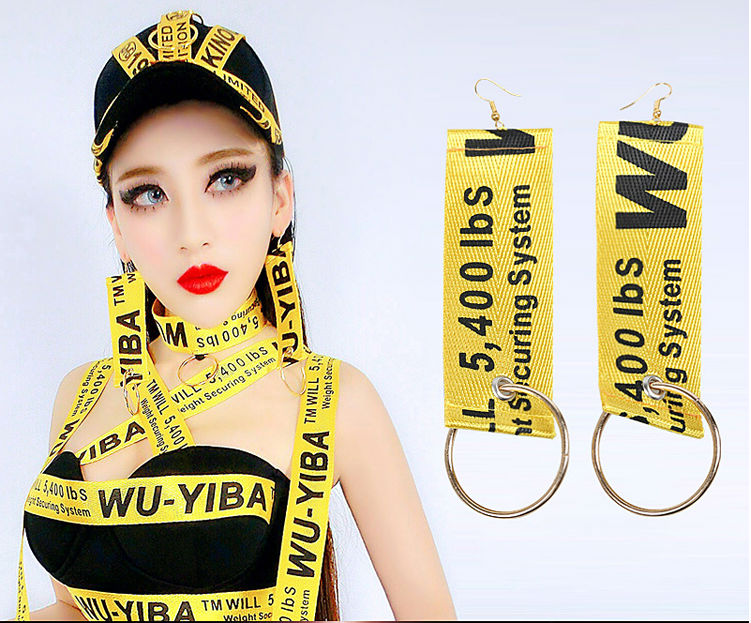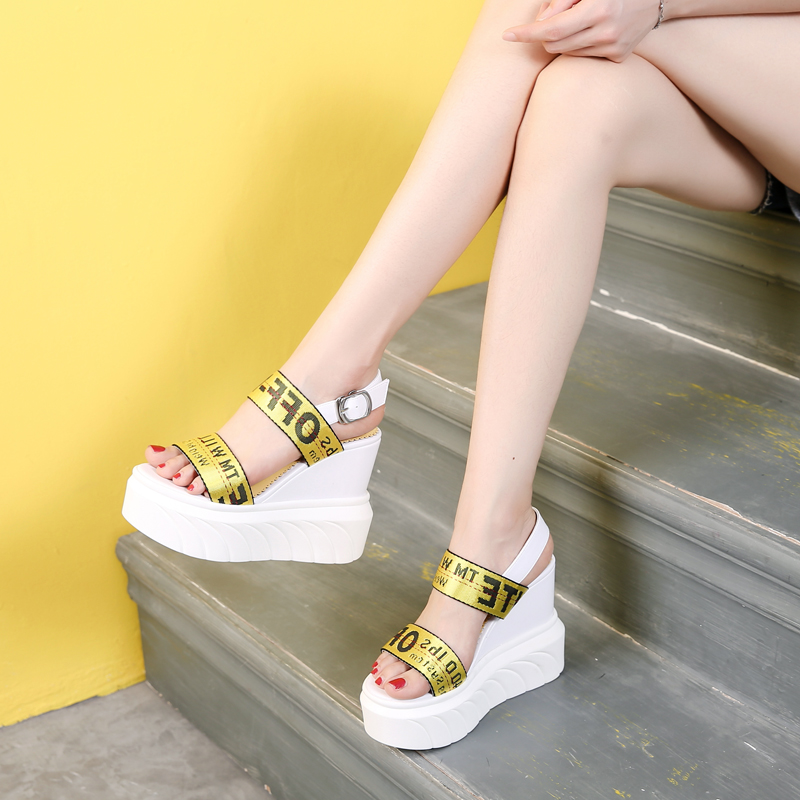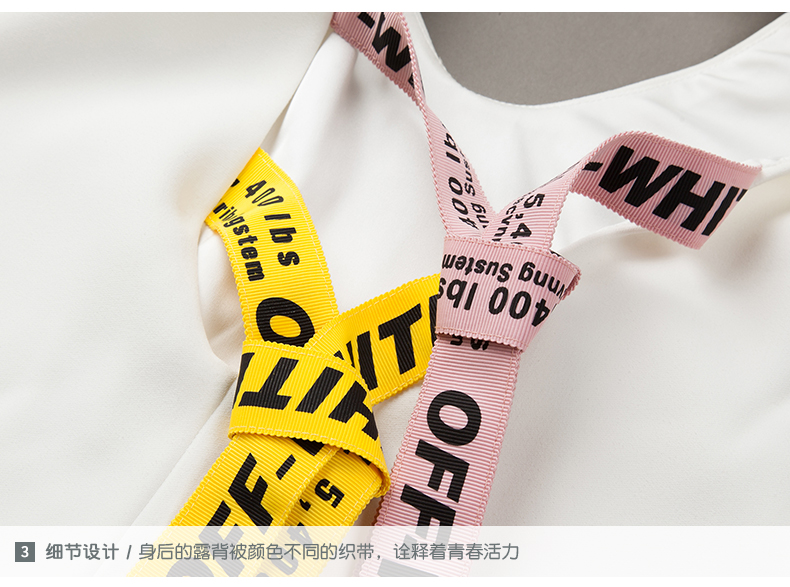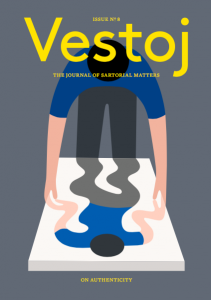
WE MEET TWICE TO talk. Once in New York, at the Mercer Hotel where he is staying, and then again at his temporary Paris showroom a few days before his seventh womenswear fashion show in the city. He is affable and eager to please, the kind of person you can imagine getting along with everybody. He is constantly asked for pictures: by teenagers outside the hotel in SoHo, by professionals at his showroom, and by fashionistas when I bump into him in line for the Dior show. He acquiesces every time, and seems to enjoy the process. Later, I see his fashion show and the space is buzzing with starlets and fashion glitterati. There’s a party atmosphere and again cameras go off everywhere, constantly. When he comes out to take his bow, on the arm of the model Naomi Campbell, he looks happy, a little bashful and very proud.
I was born in 1980 and until I was seventeen I didn’t know all that much. I was my most authentic self – I was just a sponge. I’m trying to revert to that point, that point is what I call the ‘authentically real.’ When you make decisions without a context. Like when you’re with your contemporaries and you just go, ‘Let’s skateboard. Let’s sit on a bench for hours.’ The aesthetic of skateboarding comes from not being too informed, and that, to me, is authenticity. I added ‘real’ because I like to use words to paint with – they evoke feelings. The ‘authentically real’ is something that’s real, like there’s no gloss, just culture. Think of a homeless person, or someone in Uganda that’s never seen ‘fashion.’ You know, like a Jackie Nickerson photograph. She’s capturing something that is both authentic and real. Luxury fashion sells an image: that’s what we do. It’s neither authentic or inauthentic; a designer is sifting through images so that people can buy into an idea. That’s why I love fashion; it’s like a petri dish where all these different ideas converge.
My parents are from West Africa, both immigrants. They came to the States to have what they thought of as ‘a better life.’ My upbringing included zero art. I was into music and skateboarding and fashion, but I practically didn’t even know fine art existed: I thought it was just something rich people put on their walls. My parents were very practical. They came from a Third World country and a ‘better life’ to them meant that their children would become doctors or lawyers. So that’s what I did. I just thought a job is a job, and I’ll be one of those people that goes home after work to do what I’m really passionate about. My dad picked my first course at university and it was engineering. I didn’t care, it could have been anything – it could have been rocket science. So I was mindlessly taking these classes and putting fifty percent effort into them, and as much into hanging out with my friends and DJing at parties. Then something happened that changed everything for me. I was four years into a five-year engineering degree, and about to go into structural engineering when I took an art history class that blew my mind.
Studying the Renaissance completely rewired my brain. I learnt that Caravaggio had invented a new technique of painting, chiaroscuro, and it helped me see art as something that wasn’t just for rich people. That class made me look at my own life differently, and it spurred me into architecture. It was the only creative thing I could do without wasting the five years I’d spent in engineering. I found this three-year program that added a masters in architecture to my undergrad in engineering, so that made my dad happy. He was like, ‘Great, now I have a son that’s an engineer and an architect.’ But I always had in my mind that an architect with a capital A or a designer with a capital D was somebody other than me. Those kind of people never looked like me. Take the ten biggest architects of all time, not too many of them are black and from Illinois. I just felt I was out of my… like I had no role model in this career path.
I used to be just a consumer, admiring people like Hedi Slimane, Raf Simons and Rick Owens. So the challenge was almost unbelievable in hindsight. When I started my first brand, I bought hooded sweatshirts on sale from Champion and Ralph Lauren, and I added my logo on top. I made one collection and called it ‘Pyrex,’ which is a drug reference. Imagine that kid on Prince and Mercer screen-printing over Ralph Lauren graduating to show on the same schedule as Comme des Garçons and Céline – it’s crazy when you think about it. I will probably always have a chip on my shoulder though, thinking I have to defend myself against non-believers who think my work isn’t valid. Doing it anyway is one of my main motivations. Sometimes I still feel like the seventeen-year-old version of myself who didn’t believe I could be a designer with a capital D. Like what are the chances of my name resonating like Rei Kawakubo’s?
People like me were marginalised in the fashion establishment when I started four years ago. I was on the fringe because what I was doing was too new, the attitude was like, ‘This is not even fashion.’ What are you doing, putting jeans on the runway? That’s why I have that chip on my shoulder. Like, I’m an American black kid in fashion, making ‘streetwear’ – that streetwear label is put on me. At first I rejected it, and then I sort of owned it because I realised that I could redefine the term. Being a black American in Paris fashion, there’s no context for someone like me, no path to follow. If I was Japanese, I’d know how I’d fit into the system, same if I was Belgian or even American and white. But I don’t know any other black kid who designs clothes and shows in Paris, do you?
I’m always mindful of how I’m being judged in the fashion system. Buyers, editors, I follow them all: I follow like four thousand people. I used to try and prove myself to the naysayers, the critics, to the people who said that Off-White wasn’t valid or whatever, but then I realised that those people are powerless when it comes to the community I’m speaking to. Now I focus on the legacy I’ll leave behind. Like, how will people see Off-White in thirty years’ time? Ultimately, the consumer is more important than the gatekeeper: that’s why streetwear has become so popular even in high fashion. I mean the critics and editors at their magazines are not gonna go anywhere, but underneath them is a vast set of people who vote with their money. Those consumers have a taste that is discerning enough to be in the conversation, and as a designer I have to appeal to both. I don’t want to ignore the real world and just focus on fashion people. You know what the crazy part is? There are so many consumers who know what’s happening in high fashion, but high fashion looks down at them for not being worthy. I’ve experienced this myself – did you read the Business of Fashion review of my show in Florence during Pitti? I collaborated with Jenny Holtzer on a collection meant to comment on the refugee crisis in Europe. I think that fashion should be politically aware, and anyway I can’t make something that doesn’t mean something. So I used the exhibition and collection to combine these political messages with streetwear and tailoring. Afterwards I was doing a press conference with, like, forty Italian journalists asking me about the collection. And one of them pointed to a suit jacket with a zip on the back and the only thing he had to say was, ‘Yohji has been doing that jacket for ten years.’ I was totally taken aback. First of all, I had like thirty reasons for doing that jacket – reasons to do with bringing tailoring back to young people who today wear hoodies and T-shirts, with wanting to incorporate tailoring into my own work as a nod to the importance of the tradition in Italy, with working with a larger political message – and second of all, I didn’t even know about that Yohji jacket so how could I copy it? We were having this exchange in front of all the other journalists. I was like, ‘Newsflash: a T-shirt has two armholes, and designers have been making them like that since forever. Does that mean that I can’t make a T-shirt with two armholes without copying someone else?’ I felt that he looked at me like a black designer who doesn’t belong in this environment and must be stealing all his good ideas. I mean, a fashion show isn’t an Apple keynote where you deliver the newest, thinnest laptop.
Yeah okay, I’m a snob. I’m discerning but that’s not a bad thing. People who are not laypeople, they have premises, they can argue. This is healthy. Critical discourse is important, I love critics. That encounter with the journalist at Pitti was difficult, but it was meaningful. Making the work is important obviously, but communicating the work is just as important. It’s how you make people believe in what you do. Look, I’ll draw you a diagram. In this circle you find artists, designers and provocateurs. In this one you have the critics and the gatekeepers. They control how things are disseminated in institutions and mainstream media, but what they think changes with time. In the last circle is everybody else, the real world – they’re receptive to ideas from both the critics and the artists. I belong in each one of those circles. Think of how tricks spread in skateboarding. New tricks are invented every day, and they spread through YouTube. You might know that technically there’s a trick that’s a three-sixty flip up a stair with a kink in it, but have no idea how to do it. But then you see that someone’s done it and uploaded it to the internet, and all of a sudden kids in ten different countries have learned the same trick because they’ve seen it actually happen. I’m that kid doing the trick and showing others that it can be done.
The first interview I had when I was nominated for the LVMH prize was with Marc Jacobs. I was like, I’m gonna wear something Supreme because I feel like it speaks to this crowd. I was thinking about me in this crowd, and that in every photo people see of me they’ll be like, ‘Damn he kept it real, he didn’t pretend.’ I could have worn all black, tucked my shirt in, but I was like, ‘No, I’m wearing Supreme to say where I come from.’ I’d never met Marc Jacobs before so it was really something big to me. I was nervous. I was trying to win. I was explaining that I’m from Chicago and inspired by streetwear, and that this is one of my favourite brands. He said, ‘Stop,’ like ‘I already get it.’ Boom. Done.
Showing on schedule in Paris is beyond. It’s the biggest milestone for me as an artist, as a designer or whatever. I want the recording system of time to know that I existed. I want my work acknowledged in an institution, or a publication, or on fashion week. Maybe in thirty years what I’ve managed to achieve will finally hit me. You know, I’m in Paris on the same schedule as Comme des Garçons, Dries van Noten, Chanel, Louis Vuitton, Balenciaga, and it’s changed the way people perceive the brand one hundred percent. There are designers with twenty years more experience than me, and yet a narrow door opened to allow me to contribute to the same calendar. I’m not naive, so I know that that requires me to make leaps. I’m working on a vocabulary, an ethos, I’m not just creating an aesthetic.
We’re over just dressing plain again, we want to go back to logos. Logos give you a feeling; they add something to the object. Put a logo on a white T-shirt and that shirt becomes something else. Think of Supreme – when was the last time you saw a line outside an LVMH or Kering Group fashion house? My own entry point into fashion, the thing that made me want to get into it was when Nicolas Ghesquière did that rock n’ roll T-shirt two seasons in a row at Balenciaga. It was a totally commercial item, and to me, it was like discovering Caravaggio all over again. I think they realised in luxury fashion that sales increase if you put graphics on clothes. But guess what? Streetwear has been doing that since forever. I could go to Supreme and buy a $30 skate tee because it had the logo on – it’s not some big corporate brand, it’s just for those in the know. Now even fashion editors with the most discerning taste wear Supreme or Thrasher with really prominent logos. Something happened there, and Off-White found its footing with the fashion crowd finally. Now they think my concept is valid.
The best thing with Off-White is that no two seasons have to look the same; there’s no linear continuity. I removed that from the DNA. When you look at most designer’s work, everything is like iterating on one idea, but my work is like whatever I feel at the moment. My brand is super fluid like that. I think we’re at a point of saturation. I grew up during a time of recycling, earth and over-consumption, you know like put your can in the recycling not the trash, don’t eat McDonald’s. Do we actually need more clothes? I like ready-mades, I make things out of other things. I like that it forces you to think about the context of an object, not just the object itself. That’s what I do when I put streetwear on the catwalk; I reference what you already have in your closet.
When I read designer interviews, of course they’re not telling my story. But maybe some kid will pick this up and be like, ‘Oh, shit.’ I thought I was entering an industry where everyone had approachable ideas, designs rooted in reality, things that I could relate to. Like I was always thinking about the product. I can relate to that. But nowadays if I read what other designers describe as the inspiration or rationale behind their products, it’s like there’s nothing there. I did a collection called ‘Seeing Things,’ and the whole set was a response to the realisation that I have been consuming a façade this whole time, not realising that there’s nothing behind it. It’s like looking at this starry industry called ‘fashion’ and being seduced into buying loads of things from some designer only to realise, later, that there is nothing behind the façade. It’s not based on anything real. Ultimately consumers financially support designers by buying their designs, and as a consumer I want to know that these designs are based on something real. Like when I look at Warhol, I connect to his ideas about contemporary culture and fame. You know, I want to see the work and hear the rationale, and know that they match.

I did a fashion show recently called ‘Nothing New.’ It was based on criticism I got from another designer. So I took that statement and tried to unravel it and make it into a question. Does fashion have to be new? What is new anyway? Does fashion have to be new to be valid and relevant and important? People often lob ‘it’s been done before’ as a critique but without asking themselves those questions. ‘Newness’ has become the barometer by which we judge things in fashion. Does your jacket have three armholes? I changed the concept of the show three weeks before the presentation to address those questions, and the show was a sort of epiphany for me. I was like, why does the fashion industry use this ‘newness’ to rate whether something is good or not? Is that the only standard? I used that show to work through those questions for myself, and I realised that I’m not concerned with ‘new.’ ‘New’ is a farce to me. It’s a critique intended to keep people like me out. I’m not trying to pretend that I’m inventing something that’s never been seen before. My work exists because I’m inspired by the work of others. I’m inspired by the work of Raf Simons. This whole concept based on youth culture is what turned me and my generation on to high fashion in the first place. My archive collection of Raf is insanely personal and big. In the end I took his criticism half seriously, though ten times motivational. But we’ve talked since then so it’s cool.
Some designers want to stay almost reclusive; I think that’s a device. Like, ‘Oh, my work is more valuable than promoting myself.’ With the pace I want to work at, I can’t afford that attitude. Another thing that’s still common in fashion is pretending that you’ve never referenced someone else’s work, hiding your inspirations so that people will think that it all came from you. Or pretending that you did all the work by yourself, like there are no assistants in the background. To me, those are all old ways of thinking. I’m this African kid, born in a suburban white neighbourhood outside of Chicago, inspired by Guns n’ Roses and NWA at the same time. I’ve realised that being contradictory is more authentic than being consistent. Being too consistent is a sham, it’s fairytale, it’s not real. Human beings are naturally at odds with themselves. We say one thing, we feel and do something else. Understanding that has been super liberating. You asked me earlier about diversity. ‘Diversity’ brings to mind people from different backgrounds holding hands – I say fuck that. It’s too small minded. I’m not even into the construct of race – it’s a dead-end for me. Screw skin colour. My generation is all about irony, about humour and piss-taking. With Off-White I want to tap into that. I love being… kind of paradoxical. I contradict myself all the time; I’ll say something and then say the opposite. Like I go, ‘Hey, I’m a black designer,’ and then I go, ‘Hey, I don’t believe in colour.’ Newsflash: you can hold two contradictory thoughts in your mind at once. It’s human nature to say, ‘I’m on a diet, I’ll have a green juice, nah fuck that I’m going to McDonald’s for a cheeseburger.’ But too often we want to uphold this façade of consistency – it’s not real though. I want to promote fluidity.
Anja Aronowsky-Cronberg is Vestoj’s editor-in-chief and founder.
This article was originally published in Vestoj: On Authenticity, available for purchase here.

